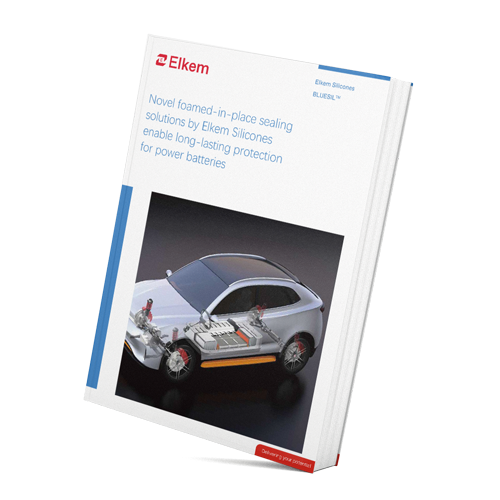- Silicone protects your car from temperature highs and lows
Silicone protects your car from temperature highs and lows
From sub-degree weather to tropical climates, we use our cars every day and we expect our cars to work no matter the temperature outside. However, have you ever stopped to think about the impact extreme temperatures can have on your car? Both extreme heat and extreme cold can affect the performance of a car’s engine or tires, to name just a few components, which goes to show that temperature does matter. Luckily for us, our car parts are capable of withstanding extreme temperature variations thanks to the aid of silicone.
Silicone supports sizzling temperatures in the engine
A car engine heats up to temperatures higher than 100ºC and some engine fluids may even reach temperatures of around 150ºC. This is some extreme heat indeed; however, it is not impossible for engine components to work in these conditions given we have some help from silicone. When we take a look at the elastomer family, we see that only silicone and fluorinated elastomer remain resistant when temperatures rise to 140ºC. Once this threshold is exceeded however, the only substance that conserves its resistance to heat is silicone. That is why silicone sealants are used in the engine as well as elsewhere in cars. In addition to their flexibility and durability, they can resist extreme temperatures while preserving the integrity of seals and ensuring retention and exclusion of liquids and gases.
Tire molding made easy with silicone
Another great application for silicone thanks to its heat-resistant properties is in molding tires. Tires are cured in a mold and shaped with the help of an inflatable rubber bladder. Temperatures inside the mold reach to up to 200ºC and at these temperatures the rubber from the tire and the rubber from the bladder could stick together if they came into contact. To prevent this from happening, we need to apply a substance between the bladder and the tire that is capable of resisting high temperatures and enabling us to separate both rubbers once the curing process has been completed— and that is a job for silicone!
Silicone elastomers and silicone rubbers work great for this application thanks to their high heat-resistance and slip
Travel safely from the ski slopes to the desert with silicone
In some parts of the world such as in Southern California or Chile, it is possible to spend your morning zooming down the ski slopes and your afternoon trekking through the desert. Sudden extreme temperature changes such as these can put strain on our cars. Silicone, since it does not crack or shrink under extreme temperatures, can help protect car components in temperatures ranging from -40ºC to 70ºC. For example, silicone is used for potting, a technique whereby electronic components or circuit boards are embedded into silicone to protect them from heat and cold but also moisture, condensation and dust. This also reduces the mechanical stress electronic components are exposed to as a result of extreme temperatures and vibrations.
Rest assured with silicone. Its effective thermal capabilities and durability will help keep your car parts in tip top shape no matter where the highs and lows of temperature take you.
